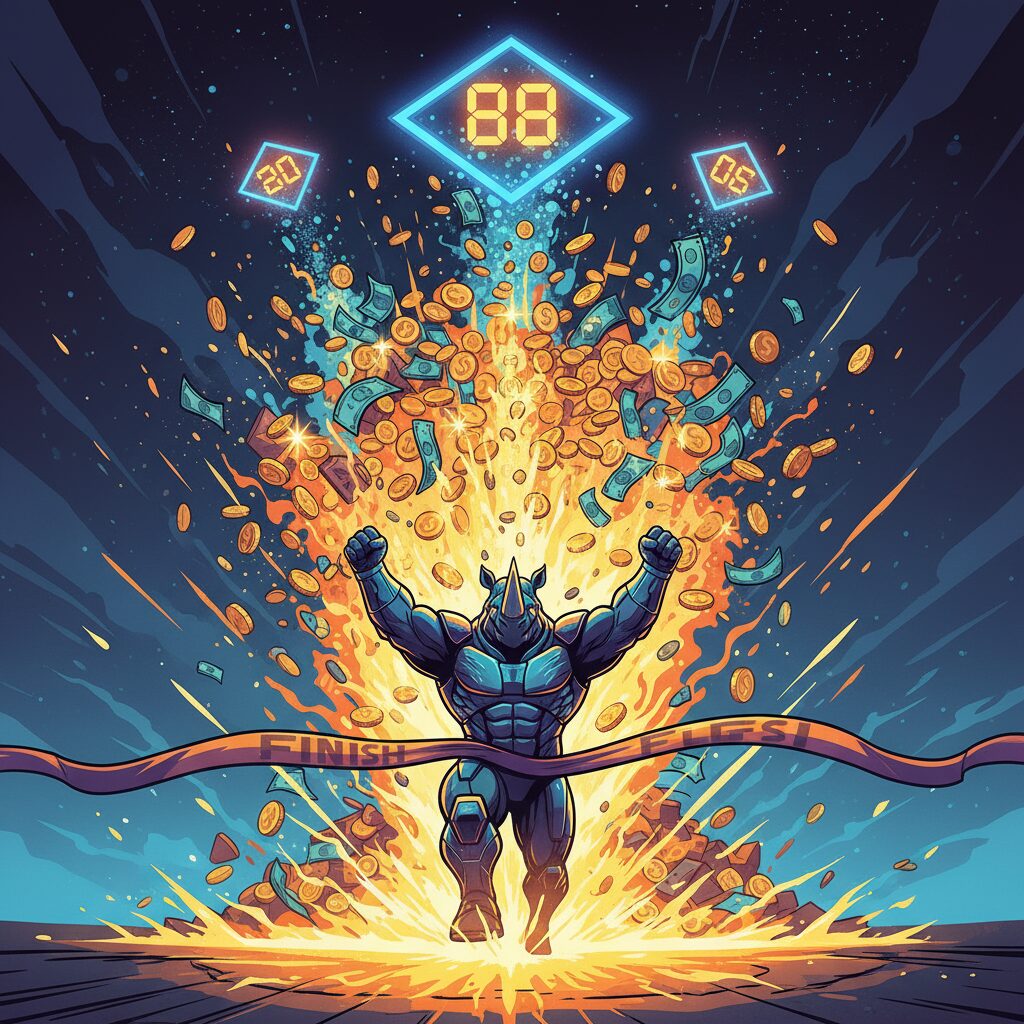Solana vs. Ethereum: The High-Speed Transaction Battle of 2025

Solana’s Unmatched Throughput
The competition for blockchain dominance is intensifying, with transaction speed and scalability at the forefront. In 2025, Ethereum and Solana continue to pursue fundamentally different strategies to enhance performance. While Solana leads in raw throughput, Ethereum is leveraging a growing ecosystem of scaling solutions to close the gap.
On paper and in practice, Solana’s architecture gives it a clear advantage in speed. The network has demonstrated a throughput exceeding 100,000 transactions per second (TPS) in stress tests, dwarfing Ethereum’s base layer. This performance translates directly to on-chain activity. In the first half of 2025, Solana processed approximately 3.09 million non-voting transactions, a volume over 40 times greater than Ethereum’s. This highlights a strong user preference for Solana’s low fees and rapid finality, especially for high-frequency trading and decentralized applications.
Ethereum’s Layered Scaling Strategy
Ethereum’s response isn’t to compete on base-layer speed but to scale through its robust Layer-2 (L2) ecosystem. Solutions like zkSync and other roll-ups are increasingly handling the network’s transaction load. These L2s bundle transactions off-chain and submit a compressed summary to the main network, significantly boosting user throughput.
While no single roll-up currently matches Solana’s raw TPS, their combined effect is expanding Ethereum’s capacity and keeping the network competitive. The foundational Dencun upgrade, which improved data availability for these layers, has been a key part of this strategy.
A Tale of Two Economic Models
These technical differences are rooted in opposing economic philosophies. Solana’s design prioritizes accessibility with a fixed, low-fee model where average transactions cost around $0.00001. This approach encourages high-volume on-chain activity and makes the network highly accessible for users and developers.
In contrast, Ethereum’s roadmap is driven by scarcity and value capture. Its deflationary burn mechanism, which removes a portion of transaction fees from circulation, is a core feature. As network activity increases, so do gas fees and the amount of ETH burned, which recently climbed back to around 2,550 daily. This model rewards token holders by reducing supply as network demand grows.
The Enduring Trade-Off
As 2025 unfolds, the choice between the two ecosystems remains a clear trade-off. Solana continues to optimize for pure speed and affordability, making it a powerful platform for high-frequency applications. Ethereum is building a multi-layered system focused on security and long-term value capture while gradually enhancing its scalability. The race isn’t just about speed—it’s about fundamentally different visions for a blockchain’s future as the industry moves toward 2026.
Disclaimer: The information provided in this article is for informational purposes only and does not constitute financial advice, investment advice, or any other sort of advice. You should not treat any of the website’s content as such. Always conduct your own research and consult with a professional financial advisor before making any investment decisions.











